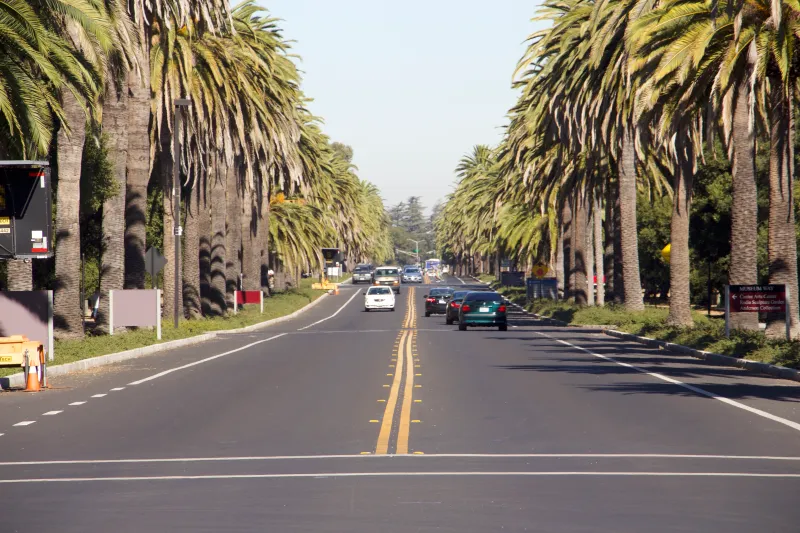During frosh year, Sehajleen Kaur ’23 found it easy to meet new people in classes. Now as a sophomore attending classes online, it has become much harder. “There’s something about Zoom that makes it really difficult to connect with people,” she said.
Nearly one year into the COVID-19 pandemic, some students are still experiencing difficulty making connections with others in their virtual classes. Many have learned, however, that vulnerability can foster these connections, and some have found much needed community through virtual events.
When virtual class lacked connection, the three students we interviewed found virtual events often filled the gap. “I appreciate all the work that student groups have been doing,” Kaur said. “They’re trying to curate new ways of connecting virtually.”
They agree that there are still challenges with this programming. Kaur said. Zoom fatigue can make it difficult to join, especially when she doesn’t know other attendees. Rami Awwad ’23 said, while it’s unfortunate that some students don’t have the energy to attend events, he knows “it’s just the nature of the Zoom experience.”
Despite being exhausted with the Zoom format, students still found the experience in events to be worthwhile.
“Every time I make the decision to go, I’m typically very happy that I did,” Sierra Porter ’22 said. “I’ve had some type of interaction that lifts my spirits and makes me very grateful for the relationships and connections I’ve made at Stanford.”
As co-president of the Black Student Union (BSU), Porter said it’s all about creating an environment for people to engage with each other as they would in person. Most recently, the BSU and other Black student groups hosted a Love is Blind spin-off. “That was an incredible event for me, because the questions sparked conversation very easily,” she said.
Kaur and Awwad both praised the Sophomore Cabinet for hosting events, such as game nights, focused on connecting the Class of 2023.
Kaur also participated in a story exchange hosted by Meeting the Moment, a new program designed to help students throughout this virtual academic year. During this event, students were paired in breakout rooms and shared personal stories relating to a particular theme.
“That was really interesting,” Kaur said. “I was sharing something that was so important and maybe even formative for the other student.”
As students continue to navigate virtual classes, however, they have reported various levels of difficulty in connecting with others during classes. Kaur said navigating virtual classes is an “upward journey,” but she tries to “remember how incredible our peers are, how interesting their points of view are.” She added that having to concentrate on online academics adds a layer of difficulty in connecting with others: “It’s really hard to stay focused in class in general, and I think as a result of that I’ve had a really hard time wanting to reach out to people.”
Porter had a similar experience. She said she has made “real connections” with students in only two of the classes she has taken online, because there is typically very little to bond over. “Sometimes there’s never a check-in question,” Porter said. “It’s always just straight to the work, and none of us have anything to bond over because we’re just talking about work.”
Despite continuing to rely on his network of friends, Awwad worries about the many students who are very disconnected right now. “For my mental health, I could not survive all the pressures, deadlines and exams without some sort of foundation or solid safety net,” Awwad said. Students have reported a decline in mental health since the beginning of the pandemic.
Awwad says he tries his best to help other students: “When I hear any of my friends struggling in a class, I connect them to someone I know who’s also taking that class.”
Still, these students understand why there may not be many connections between students. They acknowledge that professors are likely doing their best to foster connections, and they say a level of vulnerability goes a long way to give students something to bond over. “It’s really valuable when professors leave some time at the beginning or at the end just to ask us about our day,” Kaur said.
Porter said check-in questions that are tailored toward getting to know each other have been helpful in virtual classes. “There has to be some amount of social-emotional learning, which builds trust and builds a warm and welcoming environment for students to talk,” Porter said.
Regardless of where students have found connections during this time, they are holding out hope for the day when connections can again be made in person.
“I miss so many experiences that we don’t have right now,” Porter said. “But when we come back, it’s going to be incredible.”
